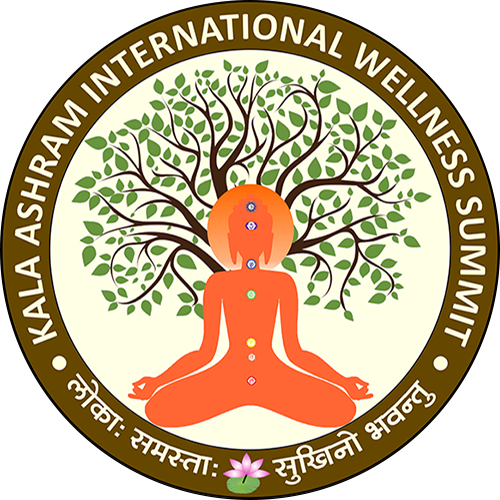Ayurveda
The name “Ayurveda” is derived from two Sanskrit words, “Ayus” meaning “life” or “longevity” and “Veda” meaning “science” or “sacred knowledge”. Hence the term Ayurveda translates as “the science of longevity” or “the sacred knowledge of life”.
Ayurveda, system of medicine evolved in India thousands of years back and the fundamentals on which the ayurvedic system is based are essentially true for all times and do not change from generation to generation.

Hallmarks of Ayurveda
There are several aspects of Ayurveda which distinguish it from other health care systems:
Tridosha
These are the basic principles of Ayurveda and they are Vata, Pitta and Kapha. The five major elements in nature (Panchamahabhutas) namely Prithvi (Land), Jala (Water), Agni (Fire), Vayu (Air) and Akasha (Space) combine to form the human body and also three fundamental universal energies or Tridoshas which regulate all natural processes on both the macrocosmic and microcosmic levels. The equilibrium of the Tridoshas in the body leads to health and its imbalance leads to disease.
Prakruti
Each person is born with a unique combination of these doshas which decides their basic constitution called Prakruti. Understanding of each person’s Prakruti for deciding their personal diet and lifestyle, other supplements and medicinal herbs, cleansing, rejuvenative and rebuilding therapies, that is right for them are among the chief methods, Ayurveda employs for the maintenance and restoration of health. Ayurveda recognizes the unique constitutional differences of all individuals and therefore recommends different regimens for different types of people. Although two people may appear to have the same outward symptoms, their constitutions may be very different and therefore call for very different therapies or treatments. It focuses on establishing and maintaining balance of the life energies within us, rather than focusing on individual symptoms.
Body & Mind Harmony
According to World Health Organization health is a state of complete physical, mental and social well-being and not merely the absence of disease or infirmity. Here the relationship between body and mind is emphasized. The ancient Ayurvedic physicians realized the need for preserving a harmony of the mind and body and offers mankind tools for remembering and nurturing the subtler aspects of our humanity. Ayurveda tries to heal the disorders of the mind-body complex and restore wholeness and harmony to all people. “Lokah Samastah Sukhino Bhavantu” which means “May all beings everywhere be happy and free, and may the thoughts, words and actions of my own life contribute in some way to that happiness and to that freedom for all.”

Treatments
To balance the Tridoshas, there are many treatments, therapies, medicines and exercises available. To balance the elements of the mind, meditations, mantra and exercises are often used. Abhyanga (Massages) and Rasayana treatments (the medicines which delay ageing), along with visualization, modified breathing techniques and other practices, allow personal access to intuition and the innate knowledge of the soul. Ayurveda has two kinds of treatments namely Shodhana (detoxifying or penta biopurificatory therapies) and Shamana (treatment by administering ayurvedic herbs).

